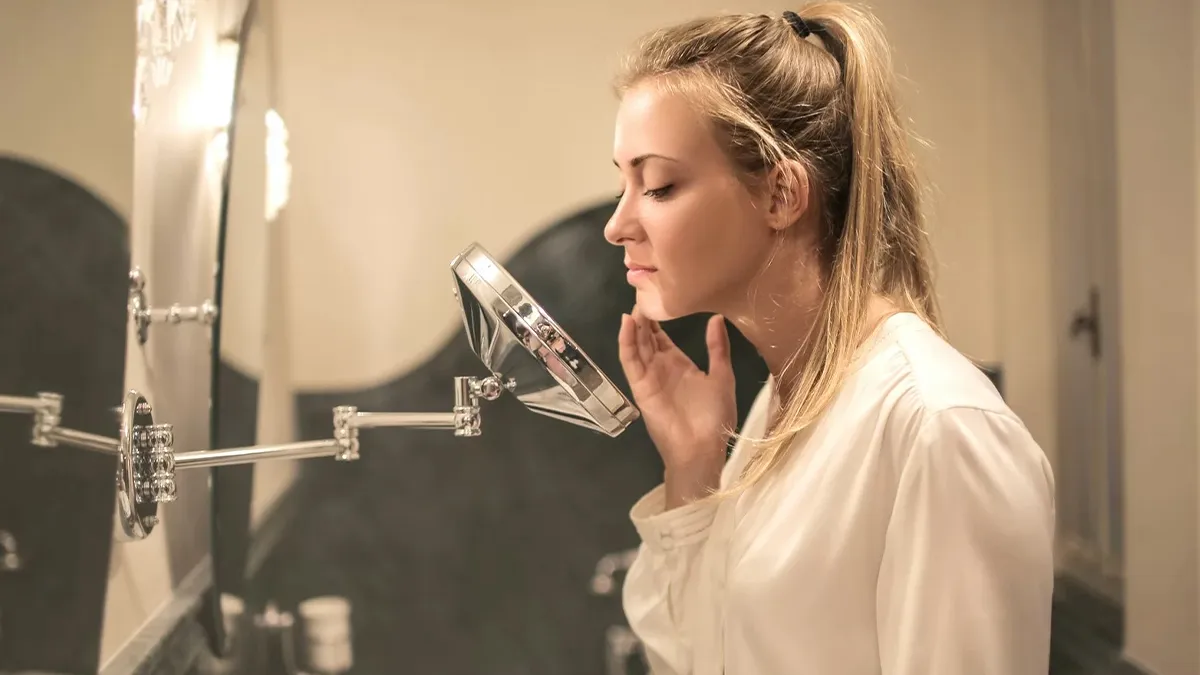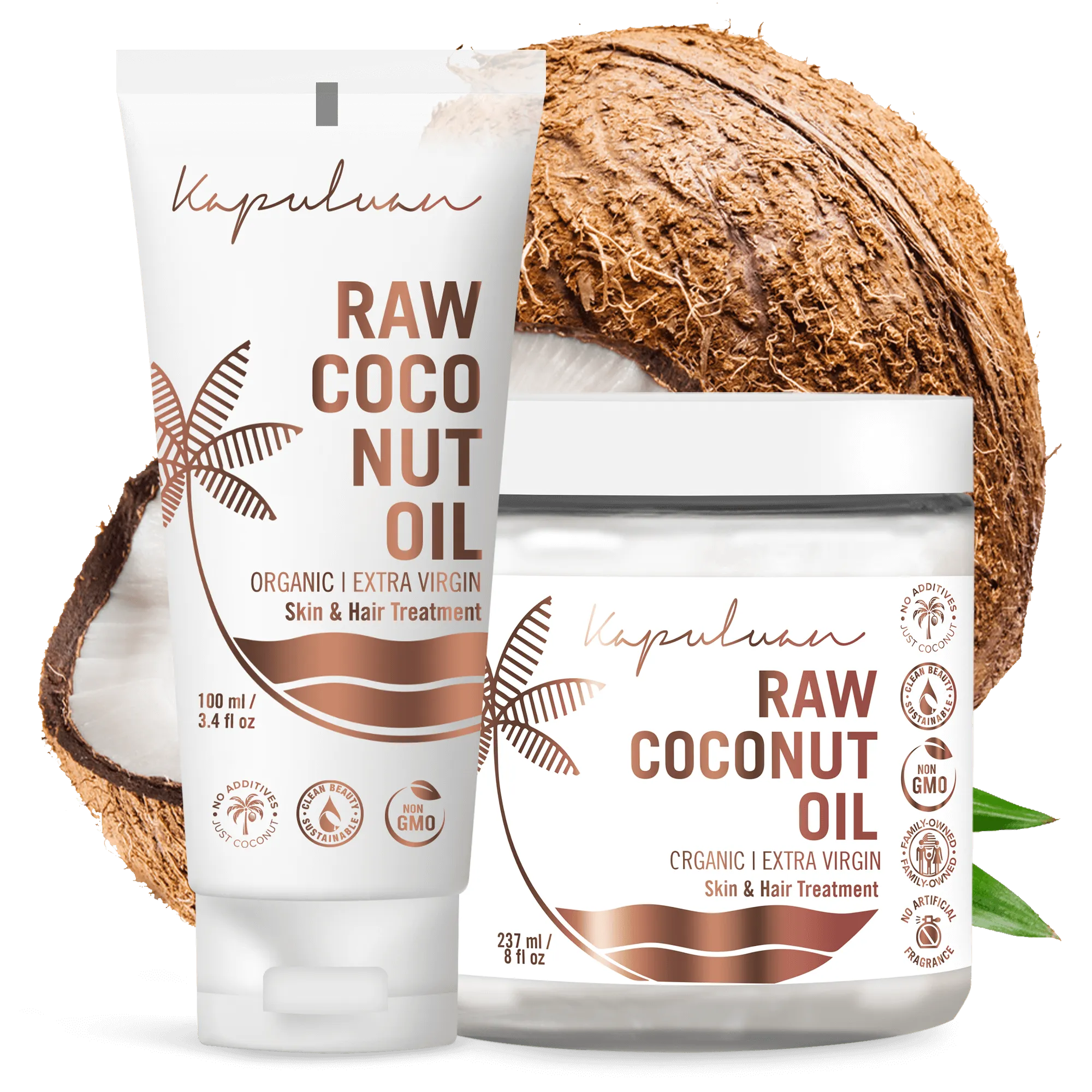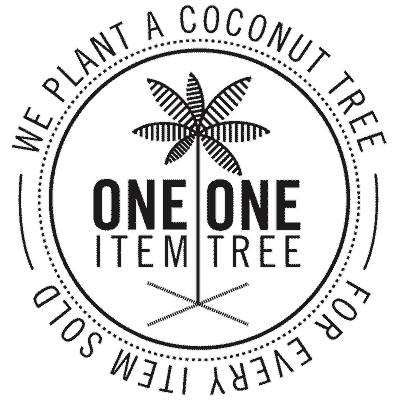Last Updated on October 21, 2024 by Kapuluan

You maybe have heard that coconut oil for acne could be an adequate remedy. But you still must wonder, “Can I put coconut oil on my face? Doesn’t it seem weird to use it, especially when my skin is oily and always breaks out?”
Well, excessive oil isn’t always to blame. Instead, it’s often a mix of different things that stand between you and a great complexion. Coconut oil is one of the best ways to get one WITHOUT harmful chemicals.
And most importantly, not any coconut oil for acne will work. The coconut oil has to be raw and cold-pressed.
The best way to understand how to use coconut oil for your face and why it works so well to eliminate your pimples is to know what causes the problem in the first place.
How Acne Happens
You break out when hormone levels stimulate your sebaceous glands and create sebum, giving a complexion a shiny appearance. Combine this with toxins in the bloodstream that feed on acne bacteria, and this action produces dead skin cells and clogs your pores. Some researchers also believe too much yeast (specifically Candida) contributes to the breakouts.
No matter what happens internally, the bacteria grows and needs space. That action results in growth on the surface of your skin, leading to pimples. They often appear red because your body is fighting an infection of red swollen tissue.
Eating “bad” processed foods and similar items doesn’t necessarily cause acne, but it may not help much. Of course, it would be best to be mindful of your diet, but what is more important is ensuring you eat as cleanly as possible. Also, drink plenty of water throughout the day since it will flush out the toxins through the bloodstream.
Another problem that exacerbates acne is using cleansers and soaps that won’t stop the sebum production but will remove the antimicrobial acid. In addition, these beauty products contain harmful drying agents, encouraging the body to produce more sebum. This leaves the skin vulnerable to even more breakouts and pores clogged with bacteria, oil, and dirt, creating a vicious cycle.
Coconut Oil to the Rescue
So answering the question, “Is coconut oil good for your face or your skin?” is just remembering it’s one of the best antimicrobial agents, and then some.
It shares two types of medium-chain fatty acids – capric and lauric. These are also in breast milk and protect newborns from infections. It also sports antibacterial, anti-inflammatory, and antifungal agents that are effective in pimple prevention, as well as vitamin E and omega-3 acids for soothing properties.
This is why skin care experts recommend consuming 2 to 3 tablespoons of coconut oil daily if you want to supercharge your treatment. Of course, that’s in addition to using it as a cleanser and moisturizer. As a result, you will have internal and external antimicrobial protection from acne bacteria. Some even say it’s necessary to do both. Otherwise, you’ll have a significantly less effective strategy to fight pimples.
If you want to try washing and eating coconut oil, proceed carefully with both ways. Do a small “patch” test on your skin to see if you won’t have an allergic reaction. If you want to take it internally, try a teaspoon in the morning and evening, gradually increasing it when you find it doesn’t cause any stomach upsets. You’ll find that coconut oil benefits the inside and out skin.
How to Use Coconut Oil for Acne Prevention
When choosing coconut oil for acne to cleanse and prevent breakouts, it is essential to use pure, high-quality, raw virgin coconut oil (the only kind Kapuluan offers) to avoid any possible impurities and to maximize the essential nutrients, rich proteins, and antioxidants.
Using coconut oil on your face, just like any new skincare routine, tends to be a bit of trial and error, but it is essential to stick with it for a few weeks at least. Often, beneficial acne treatments worsen things before they get better, as the body gets rid of toxins and dead skin and cleanses itself.
To start cleansing, take a small amount (about ¼ teaspoon or less) and make it liquid by rubbing it between your fingers or palm. Then massage the oil gently into your face. Pay special attention to removing your makeup which is essential in keeping a clean complexion.
Follow next with a gentle cleanser that can take away excess oil. Finally, use about the same amount or less to moisturize your complexion. If your skin feels a little greasy, blot off the excess. Remember that the oil will eventually absorb into your skin, so don’t take it all off.
You may also want to try washing with coconut oil only, using a washcloth soaked in warm or nearly hot water and wrung out. This method might freak some people out, especially if they’ve been dealing with oily skin and breakouts, but it might work for your complexion.
Do not be too alarmed if your acne gets worse initially. Much of this is a reaction to the toxicity being expelled from your body, so give this regimen a chance for at least a few weeks.
If you haven’t tried ingesting the coconut oil, experiment with that and see if it makes a difference. Of course, you can always try adding coconut oil to your morning smoothie or coffee instead of cream and sugar.
Coconut oil for acne and your face benefits your skin in many ways. Try Kapuluan Raw Organic Coconut Oil, and plant a palm tree today.



